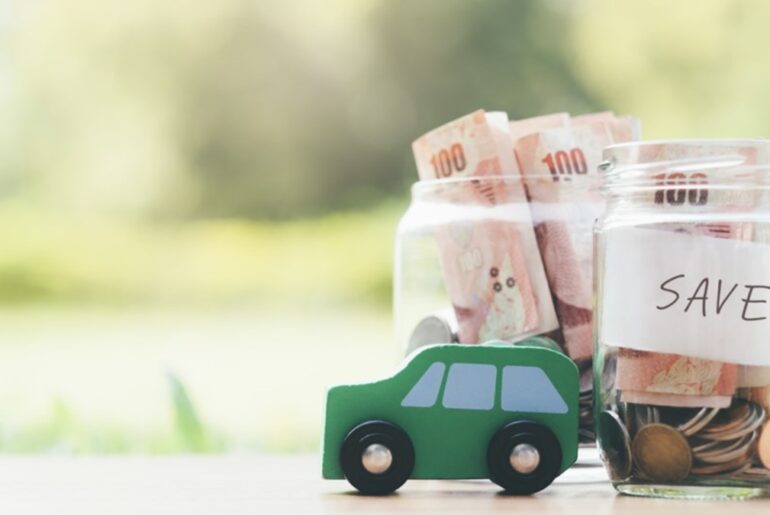Alberta is one of the most expensive auto insurance markets in Canada. As the province searches for ways to reform car insurance and make it more affordable, the focus is squarely on Edmonton and Calgary, Alberta’s two largest cities. While there are many similarities fuelling the cost of auto insurance in these two cities, there are also differences driving that discrepancy.
The Cost of Auto Insurance in Alberta
In Alberta, car insurance is available from private companies and is a legal requirement for all drivers. Basic, mandatory coverage in Alberta includes $200,000 third-party liability and accident benefits coverage. Drivers can increase that limit as well as add optional coverages such as collision protection.
In recent years, the cost of insuring a vehicle in Alberta has increased. So much so, Albertans now pay some of the highest car insurance rates in Canada. According to the Insurance Bureau of Canada, motorists in Alberta face an average premium of $1,316. Only drivers in British Columbia and Ontario pay more on average ($1,832 and $1,505, respectively).
Which City Has Cheaper Car Insurance: Edmonton or Calgary?
Big cities across Canada have high insurance rates. Edmonton and Calgary are no exception. Car theft, the number of collisions, and a surge in distracted driving all contribute to cities being expensive insurance markets. Moreover, Alberta has a historically high rate of impaired driving.
Still, despite both cities having many of the same factors affecting the cost of auto insurance, it remains more expensive to insure a vehicle in Edmonton than Calgary.
Though the cost differential for premiums between the cities is relatively small, Edmonton has one of the highest vehicle collision claims rates in Canada. Allstate Canada conducted a 10-year study across its policyholders to find which Canadians cities have the highest collision claims. While cities in Ontario dominated the top of the list, Edmonton ranked high with a collision claims frequency of 6.5%. Indeed, the city was the only location in Alberta to appear so high in the study.
Edmonton has also become the vehicle theft epicentre of Alberta. In recent years, Edmonton Police have publicized the city’s problems with auto theft. Between Jan. 1 and Nov. 30, 2019, 3,638 vehicles were stolen in the city and thieves broke into 7,302 cars or trucks. Insurance companies are understandably calculating that risk into the premiums they offer.
Many Albertans Think Their Auto Insurance Costs Are Unfair
Albertans are amongst the savviest motorists in Canada and are aware of how much they pay for insurance. In the recent Automobile Insurance Rate Board (AIRB) “Consumer Perspective on Automobile Insurance 2020” study, just 23% of respondents in Alberta agreed that ‘automobile insurance premiums are fair and reasonable’.
Sure, no one likes paying auto insurance, but in the past, Alberta drivers understood the value of coverage. Back in 2017, the same AIRB survey found 60% of Albertans thought their premiums were fair. Furthermore, the 2020 study found 91% of respondents know that they are facing rising costs in their auto insurance premium.
Respondents also understand the reasons leading to soaring costs. Those include severe weather events (81%), claims from distracted driving accidents (74%), growing costs associated with treating injuries from car accidents (69%), and costs to fix damaged vehicles with automated assisted-driving technologies (52%).
How Drivers Can Try to Lower Their Premiums
In Edmonton and Calgary, the soaring cost of car insurance is unaffordable for many drivers. Still, there are actions drivers can take to help lower the cost of coverage. For example, bundling auto and home insurance, limiting how much you drive, and increasing your deductibles can all contribute to a lower rate.
Comparing car insurance quotes may be the best way to find the policy you need at the most affordable rate.

